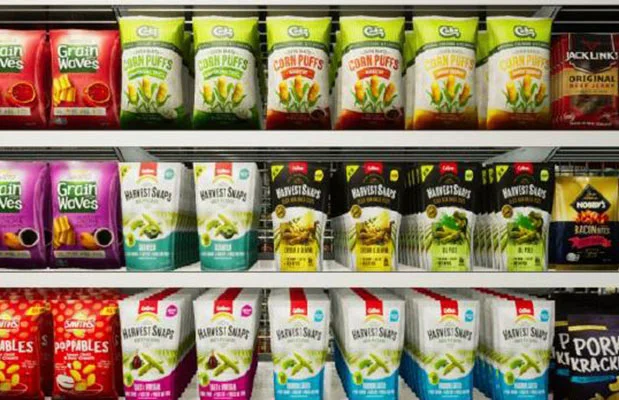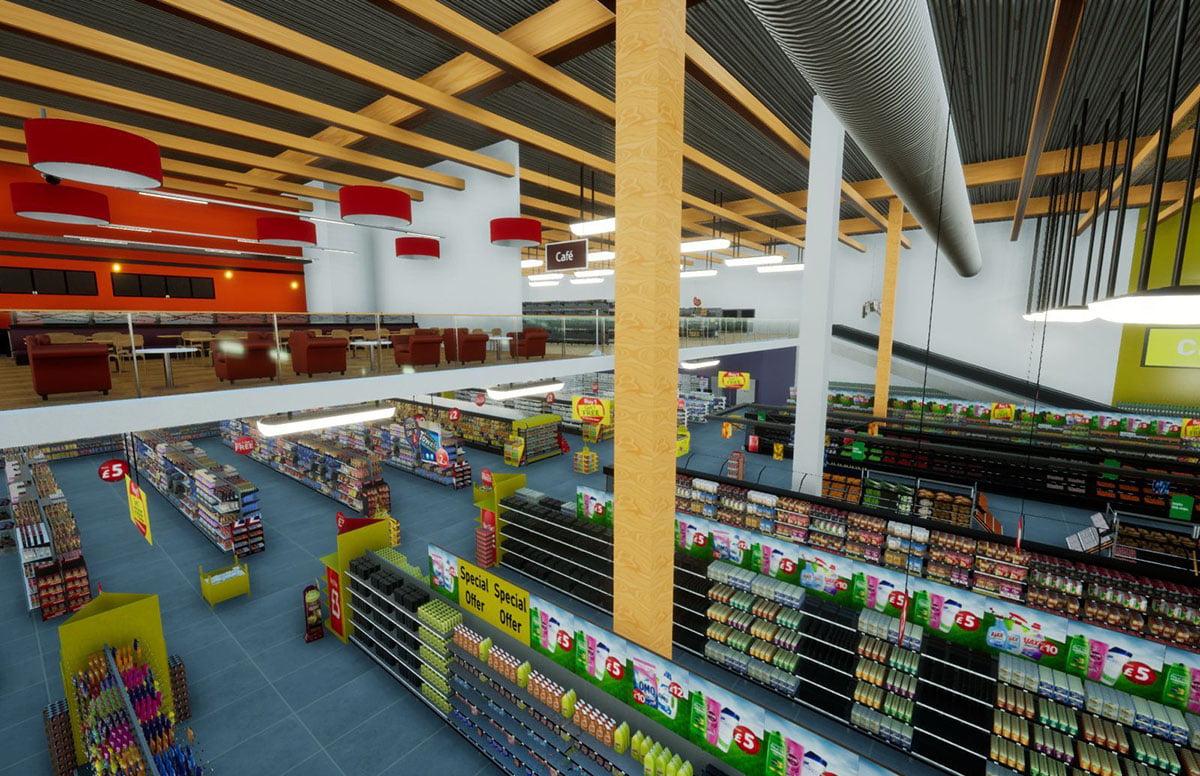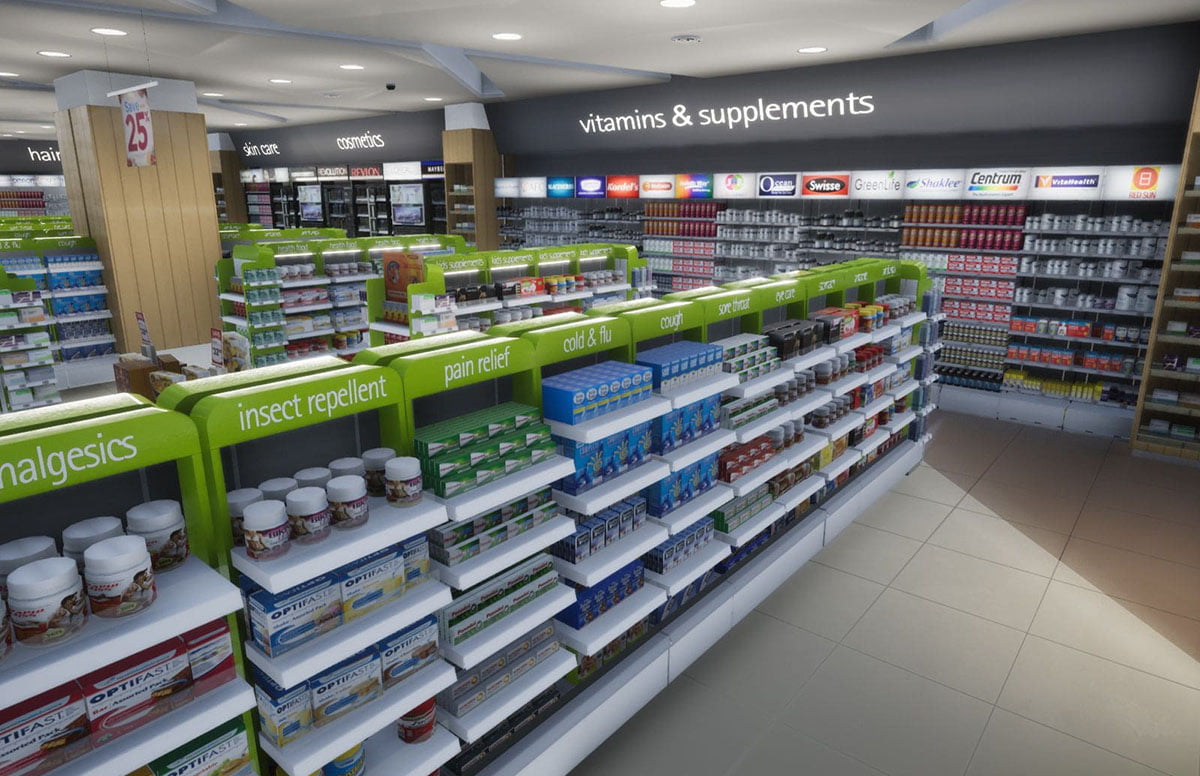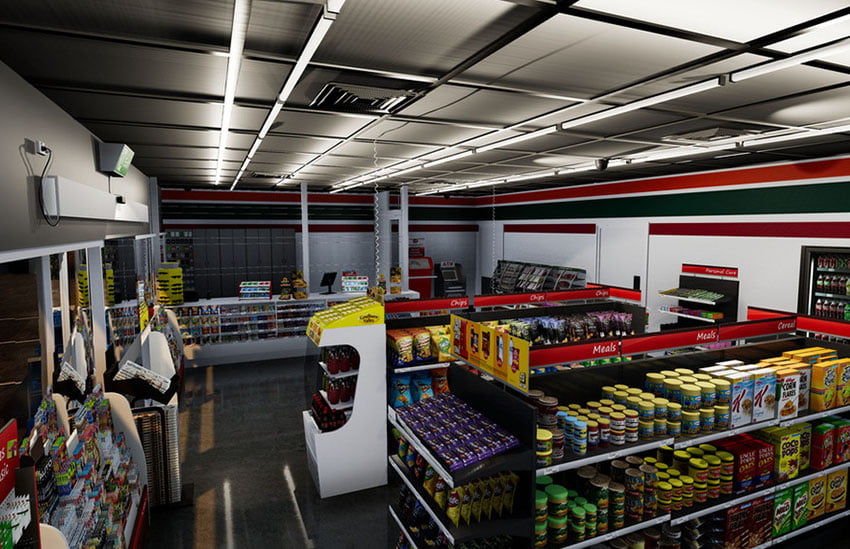Reducing Shelf Space Disputes Between Suppliers and Retailers with VR Evidence
The Battle for the Shelf
Shelf space is one of retail’s most valuable assets. Every centimetre of frontage influences sales, brand visibility and category performance. Yet negotiations between suppliers and retailers over who gets what space often become tense and difficult.
Brands push for premium eye-level placement. Retailers must balance fairness, shopper flow and revenue across competing suppliers. The result is a high-stakes discussion that can easily stall.
Without credible, neutral evidence, these negotiations rely on persuasion and hierarchy rather than data. One party cites brand loyalty or advertising investment. Another leans on past sales or category precedent. Neither approach truly reflects how shoppers behave in front of the shelf.
Breaking the deadlock with data
StoreLab Research is changing that dynamic. Its virtual reality (VR) simulations give both suppliers and retailers the same shopper evidence. Negotiations become grounded in measurable data instead of opinion.
Why Shelf Space Negotiations Stall
Even experienced category teams struggle to align shelf allocation across brands and formats. There are practical reasons for this.
- Limited visibility. Retailers rarely see the entire shopper journey within a category.
- Conflicting priorities. Suppliers seek brand exposure while retailers focus on total category profitability.
- Data blind spots. Sales data shows results but not behaviour or intent.
- Subjectivity. Without behavioural evidence, decisions become subjective and inconsistent.
- High test costs. Real-world trials take time and money to execute.
When these factors collide, the outcome can be stalled negotiations, delayed launches and inefficient resets. Poorly optimised layouts can reduce sales and damage long-term relationships between suppliers and buyers.
A more objective framework is needed—one that both sides can trust.
Turning Negotiation Into Evidence-Based Collaboration
StoreLab’s virtual retail environments recreate shelves, categories and aisles in full 3D. Participants explore these digital stores as they would in real life. Every detail, from shelf height to lighting and packaging design, is faithfully replicated.
Advanced eye-tracking and shopper analytics record how people respond. The system measures:
- Fixation points to see what attracts attention first.
- Heatmaps that visualise where the eye travels.
- Dwell time to reveal which sections hold interest.
- Path-to-purchase patterns showing how shoppers navigate.
- Purchase intent captured through simulated buying choices.
Multiple planograms or promotional layouts can be tested side by side. Shopper responses are aggregated and analysed across statistically valid respondent groups drawn from StoreLab’s global panels. The results reflect real shopper behaviour, not a single store’s performance.
When both sides review identical, independent data, the tone of negotiation changes. The discussion moves from “who gets more” to “what performs best for the shopper and the category.”
How VR Evidence Changes the Discussion
Traditional vs VR comes down to this:
Traditional shelf space talks rely on fragmented data. Suppliers reference brand studies or loyalty surveys. Retailers refer to sales history or category margins. These datasets rarely align.
VR evidence removes that disconnect by showing how real shoppers respond to real shelves in a controlled virtual environment. It delivers measurable insight both parties can understand.
Benefits of VR evidence
- Neutral testing ground. Both parties view the same environment, eliminating bias.
- Fast comparison. Multiple layouts can be tested within hours.
- Statistical reliability. Diverse global panels ensure robust results.
- Visual reporting. Heatmaps and replays make complex data easy to interpret.
- Collaborative mindset. Evidence replaces argument, reducing tension in negotiations.
By quantifying shopper attention and purchase behaviour, VR provides clarity. It identifies which facings drive visibility, which layouts improve navigation and how placement affects sales potential.
Both sides gain confidence in the result. Retailers can make decisions based on efficiency and performance. Suppliers can justify their requests with data.
A Typical VR Retail Usage Scenario
Consider a retailer and a major beverage supplier disagreeing over how much shelf space to allocate to energy drinks within the broader soft drinks category.
- The supplier argues that recent campaigns justify more space.
- The retailer insists that sales velocity does not support expansion.
StoreLab’s VR study creates three versions of the shelf:
- The existing layout.
- The supplier’s proposed expansion.
- A balanced version optimised for flow and visibility.
Respondents enter a virtual store wearing eye-tracking headsets. The data reveals that while the supplier’s layout increases brand visibility, the balanced version achieves better navigation and higher overall category purchase intent.
The parties agree to adopt the balanced version. The decision is grounded in measurable results, not negotiation leverage. Both retailer and supplier benefit from improved performance and trust.
Benefits for Retailers and Suppliers
VR-based shelf testing delivers clear advantages for both groups involved in category management.
VR shelf testing benefits for Retailers:
Objective validation of planograms before launch.
Data to justify space allocations in supplier meetings.
Reduced cost and time through digital simulation.
Improved category results driven by shopper evidence.
VR shelf testing benefits for Suppliers:
Independent data to support requests for visibility or facings.
Insights into how packaging, branding and messaging perform in context.
Better collaboration with retailers based on shared goals.
Stronger relationships through transparency and trust.
VR research replaces friction with collaboration. It supports category growth through decisions that serve both business and shopper.
Reliable Data, Shared Confidence
StoreLab Research combines behavioural science with cutting-edge technology. Its methodology captures every layer of shopper behaviour: where people look, how long they engage and what they choose to buy.
Eye-tracking, dwell time and survey results are integrated into a single reporting platform. Respondent panels cover diverse demographics across Asia-Pacific and global markets. Retailers and suppliers can target the exact audience relevant to their category, whether grocery, pharmacy or convenience.
The findings are delivered through interactive dashboards and visual reports. Complex data becomes easy to interpret and share across commercial, merchandising and insights teams. Both sides work from the same foundation of fact, reducing confusion and miscommunication.
Building Better Partnerships Through Shared Evidence
VR-based research also supports long-term strategy. Each study adds to a growing body of knowledge that informs future category reviews and product development. Over time, both parties build a shared evidence library that drives continuous improvement.
As virtual testing becomes more common, shelf disputes will increasingly give way to transparent, evidence-led decisions. This approach reduces delays, fosters trust and ensures every layout benefits the most important stakeholder of all: the shopper.




